

Andy From Headspace To Meditation Skeptics: It's Not What You Th…

Q&A with Organizational Pro Peter Walsh + Dermatologist Shares A…
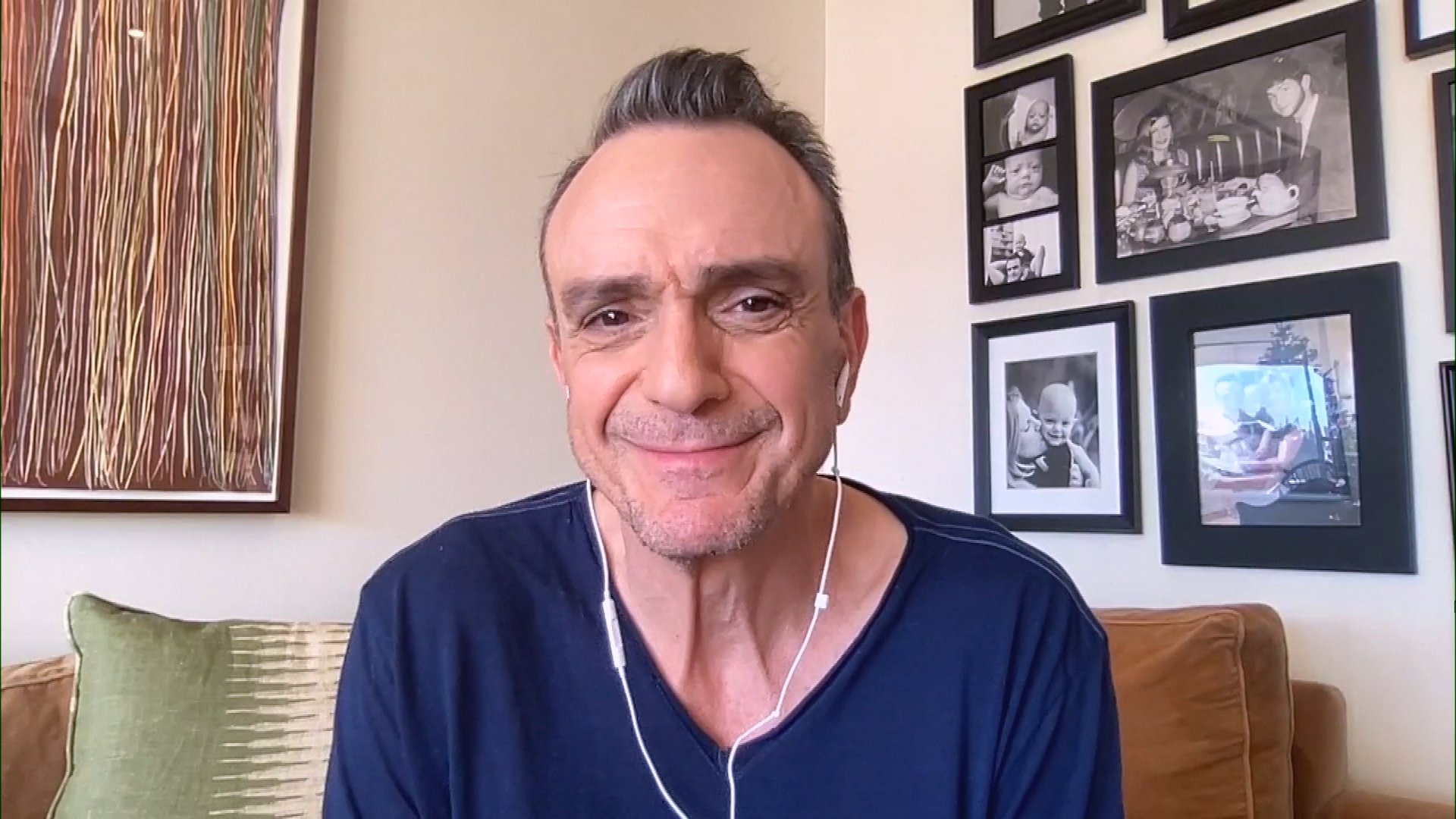
Actor Hank Azaria + Freezer Meals + Artichokes 2 Ways with Rach
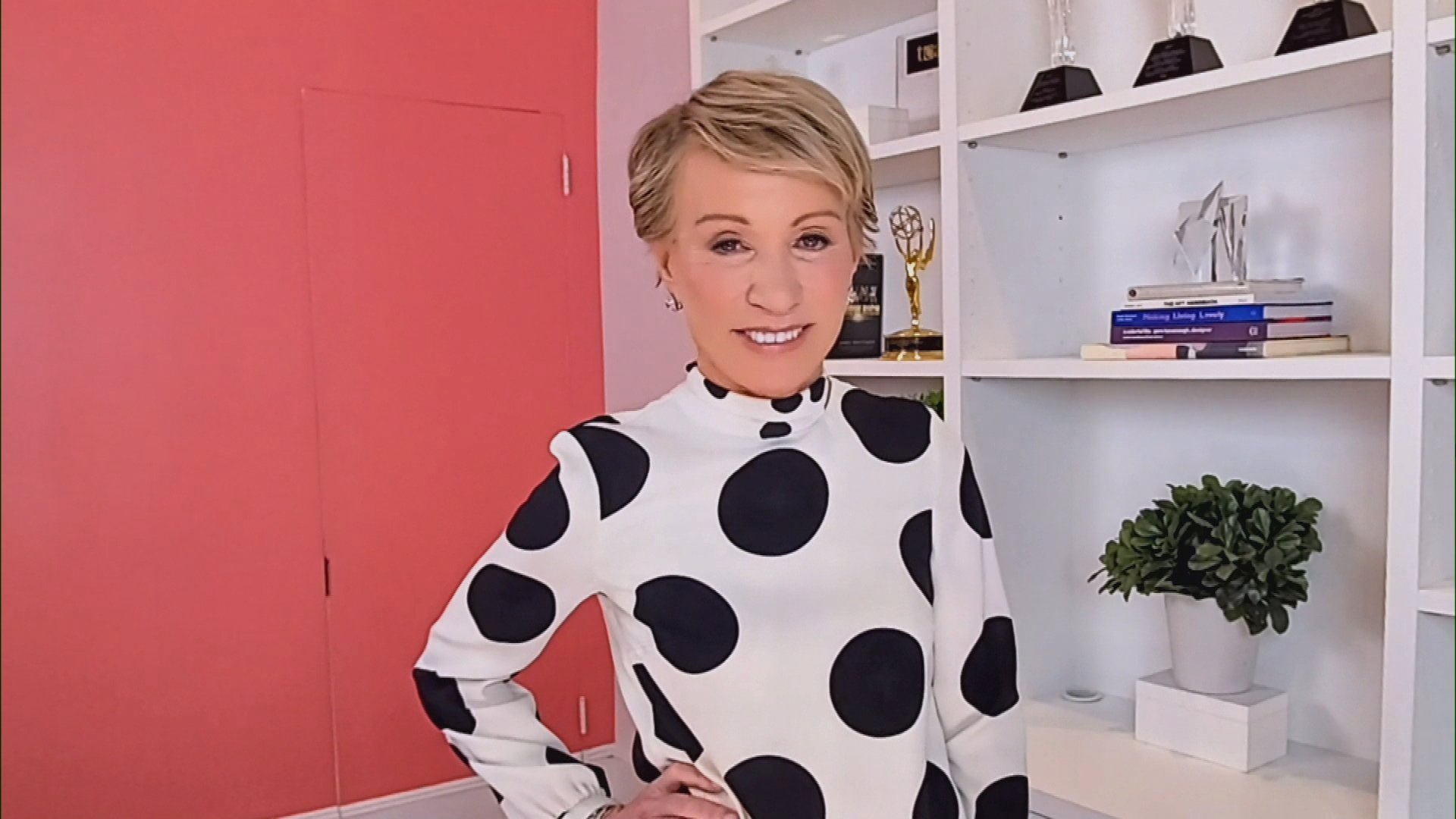
See Inside Barbara Corcoran's Stunning NY Apartment + It's Steak…

How to Make Chicken and Lobster Piccata | Richard Blais

Donnie Wahlberg Spills Details About NKOTB's First Ever Conventi…

Donnie Wahlberg + Jenny McCarthy Say Rach Is Such a "Joy" + Look…

The Best Moments From 17 Seasons of the Show Will Make You Laugh…

How to Make Crabby Carbonara | Rachael Ray
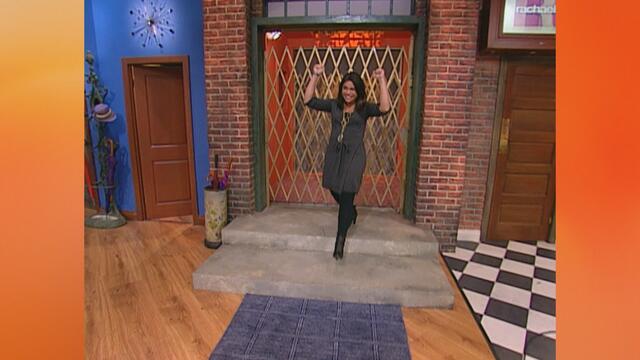
Rach Chats "Firsts" In Flashback From Our First Episode Ever In …

How to Make Apple-Cider Braised Pork Chop Sandwiches with Onion …

Rach's Chef Pals Say Goodbye to Show in Surprise Video Message

How to Make Sesame Cookies | Buddy Valastro

How to Make Tortilla with Potatoes, Piquillo Peppers and Mancheg…

How to Make Shrimp Burgers | Jacques Pepin

How to Make Spanakopipasta | Rachael Ray

Andrew McCarthy Chokes Up Discussing Emotional Trip to Spain wit…
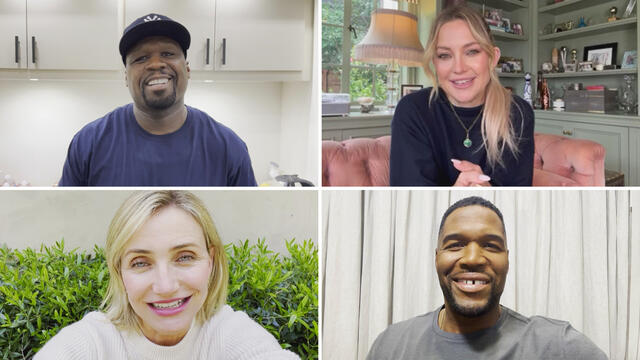
Celebrity Guests Send Farewell Messages After 17 Seasons of the …

Celebrity Guests Send Farewell Messages After 17 Seasons of the …
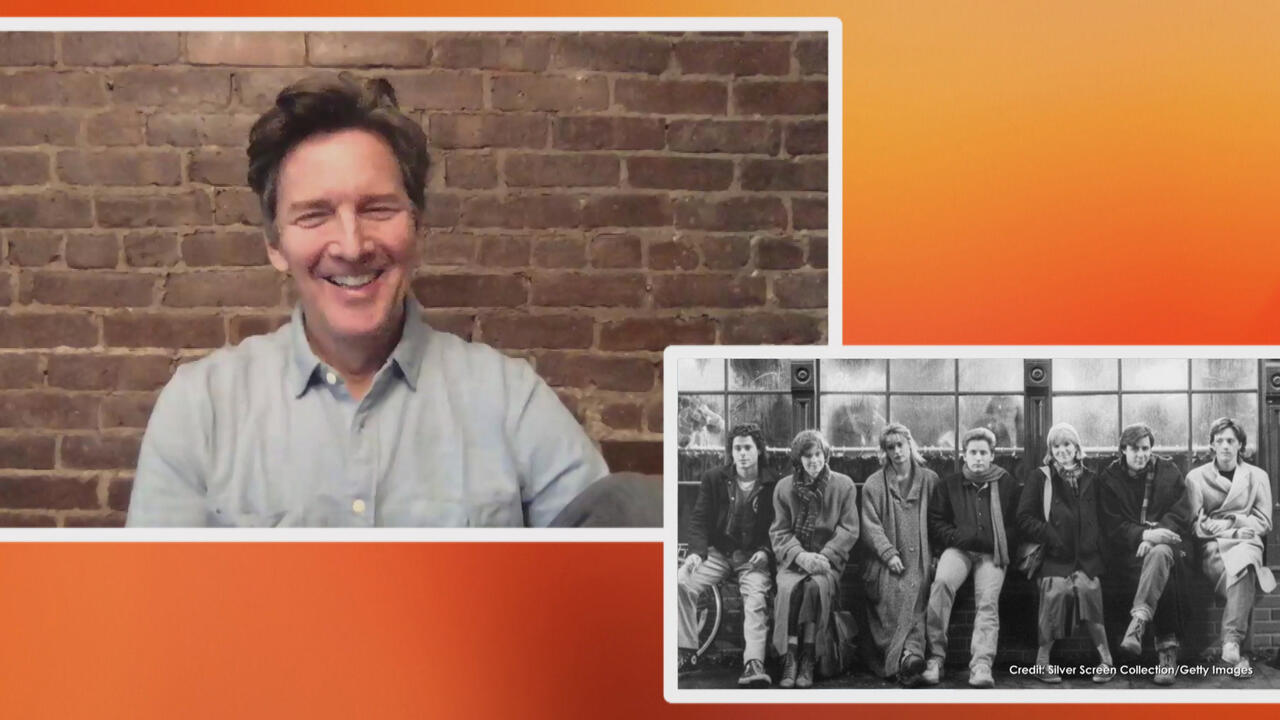
Andrew McCarthy Teases Upcoming "Brat Pack" Reunion Special
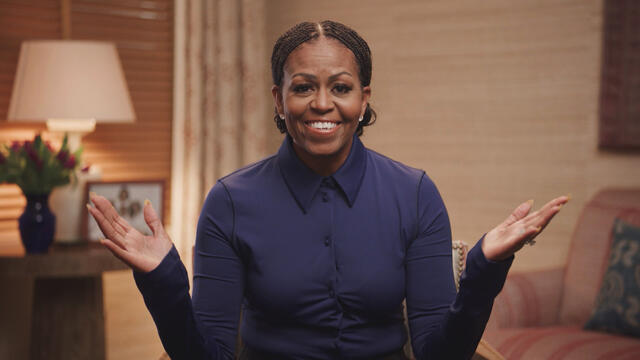
Michelle Obama Toasts Rach's 17 Years on the Air With a Heartfel…
Each product has been independently selected by our editorial team. We may receive commissions from some links to products on this page. Promotions are subject to availability and retailer terms.
Andy Puddicombe (best known as "Andy from Headspace" and star of Netflix's "Headspace Guide to Meditation") spent years studying mindfulness as a Buddhist monk — and now, he's making the art of meditation + mindfulness accessible to all of us with his app, Headspace.
"In the same way we talk about looking after the body, we're talking about looking after the mind and taking time to ensure that we are happy and healthy on the inside as well as on the outside," Andy says. "In a world where we are constantly distracted, bombarded by information — and especially after last year and everything that everyone's going through right now — understandably, many people feel overwhelmed. So having a skill that you can actually learn — where you can actually feel a little more calm, a little more clear and a little more centered — is really, really helpful."
TRY IT: 60-Second Guided Meditation With Andy From Headspace
While we're living through such uncertain and unnerving times, it may be more tempting than ever to give meditation a try — but for a lot of people, it's also intimidating.
Andy wants to debunk the misconceptions that might be standing in your way.
"It's worth saying you don't have to change anything [about your lifestyle]," Andy explains. "I think lots of people think they have to become a different kind of person and that meditation is about having a life that's a little bit dull and nothing much happens. It's really not. It's actually experiencing the emotions even more, but not getting overwhelmed by them."
As Rachael adds, you don't have to sit in a dark room and have a mantra for meditation to work. In fact, Andy says he avoids mantras on Headspace.
"On Headspace, we actually don't use mantras — not because they don't work; I grew up using one as a kid with my mom," he says. "But we don't even use them, because sometimes those phrases and those words sound a bit mystical and perhaps can provide yet another barrier to entry for people who can learn the same thing simply by following the in and out of the breath."
In breaking down three major misconceptions about meditation, Andy gives his top three tips for getting started with a practice that is proven to have mental health benefits.
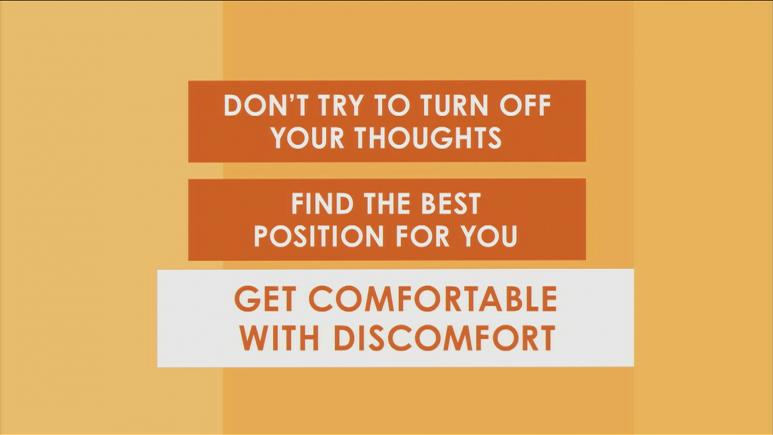
1. Don't try to turn off your thoughts.
"If we could do that, then we would have already done that and we wouldn't have to meditate," Andy says. "Know that just because you're closing your eyes and you're going to do something called meditation, that doesn't mean that the mind is going to stop thinking. Thoughts will keep coming. Our job is to sit back and get comfortable with the thoughts coming and going, rather than reacting or judging or getting swept away by them. It's the biggest reason people don't start meditating and it's the biggest reason people give up meditating, thinking they're no good at it. Be kind to yourself; know that it's natural for thoughts to arise."
2. Find the best position for you.
"Most people think that you have to sit cross-legged on the floor like some kind of guru or yogi or something," he explains. "You really don't. You can sit in whatever position is comfortable. I recommend an upright chair, but if you're more comfortable sitting in an armchair or on the sofa ... a lot of people have back pain, as well, so even lying down on the floor is absolutely fine. Just know that the more horizontal you are, the more likely you are to fall asleep."
Here are four optimal meditation positions Andy suggests.
3. Get comfortable with discomfort.
"There's this idea that we're just going to sit down, close our eyes and we're going to be blissed out and immediately experience peace of mind," Andy explains. "Maybe some people will; that's not been my experience of learning any new skill in any area of life. Typically, we have to show up a few times and get familiar with it, get comfortable with it. For me, the biggest surprise in learning meditation was realizing that I became more aware of my thoughts; I became more aware of my emotions. But in becoming more aware of them, I was able to let go of them. So sometimes I sat down and I smiled, sometimes I sat down and I cried. And that's okay. That doesn't mean you're doing anything wrong; it means you're letting go."


